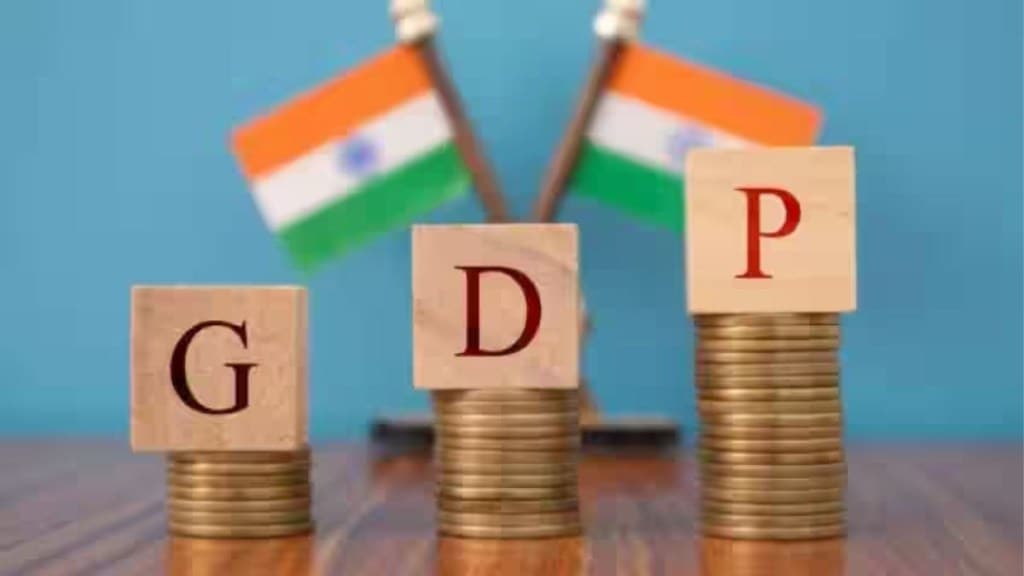IMF Deputy Managing Director Gita Gopinath recently noted that India’s economic performance exceeded expectations for FY24 and is projected to become the world’s third-largest economy by 2027. Her comments follow the IMF’s update to its ‘World Economic Outlook‘ report, which raised India’s growth forecast for the financial year 2024-25 to 7%, up from 6.8%. This revision is attributed to strengthening private consumption, especially in rural areas.
Since gaining independence in 1947, India has undergone a remarkable economic transformation, with its Gross Domestic Product (GDP) evolving from a modest figure to the fifth largest economy in the world, after US, China, Germany and Japan. On the 78th Independence Day, Prime Minister Narendra Modi, addressing the nation from the ramparts of the Red Fort, said that the government is committed to “big reforms” that will accelerate growth and progress.
President Droupadi Murmu in her speech on the eve of Independence Day said that with its current trajectory, India is poised to be one of the top three economies soon. “From 2021 to 2024, India has been among the fastest-growing major economies, with an average growth rate of 8% annually. This has not only put more money in the hands of people, it has also drastically reduced the number of people living below the poverty line,” she said.
In the last quarter of FY24, India’s GDP grew by 8.2% to Rs 47.24 lakh crore, according to data from the Ministry of Statistics and Programme Implementation and the National Statistical Office.
From Independence to agricultural revolution
India’s economic trajectory since independence has been a complex tapestry of challenges and triumphs. Immediately post-1947, the nation grappled with the aftermath of partition, widespread poverty, and a low agricultural productivity. These factors, coupled with a centrally planned economy, constrained GDP growth.
The 1950s and 60s witnessed a focus on heavy industries and import substitution, but the results were mixed. While the foundation for industrialization was laid, growth remained sluggish. The Green Revolution in the 1960s did boost agricultural output, but overall economic performance was lacklustre.
India’s GDP growth was 3.7% in 1961, and five years later, it nosedived to -2.6%, rising again two years later in 1967 with a growth rate of 7.8%, according to the World Bank.
In 1975, India’s GDP growth rate was 9.1%, and three years later in 1979, India’s GDP fell to -5.2%. A year later, it rose to 6.7%.
It again dipped to 4% in 1987 and rose to a massive 9.6% in 1988.
Liberalisation and Growth: 1991-2000
The early 1990s marked a turning point for India’s economy. The liberalisation reforms initiated in 1991 led to a more open market economy, deregulation, and an increase in foreign investment.
In 1991, India’s GDP was 1.1% and a year later it rose to 5.5%. In 1999, the growth rate was 8.8%.
India’s economic growth accelerated in the early 2000s. The country emerged as a major player in the global economy, with robust growth in IT services, telecommunications, and manufacturing. During this period, India became one of the world’s fastest-growing major economies.
In 2000, the growth rate was 3.8%, and in 2003, it was 7.9%, in 2006 it was 8.1%.
The 2008 recession
The global financial crisis of 2008 significantly impacted India’s economy, but the country remained resilient, avoiding a negative growth. GDP growth stood at 3.1% during the crisis. By 2010, growth rebounded to 8.5%, and it was 7.4% in 2014.
India’s growth story in last 10 years
India’s GDP growth rate was 8% in 2015 and 8.3% in 2016. However, growth declined over the next four years, culminating in a significant slowdown due to the COVID-19 pandemic in 2020, which saw a contraction of -5.8%. The economy rebounded strongly with a growth rate of 9.7% in 2021, and the GDP growth rate was 7.6% in 2023.
